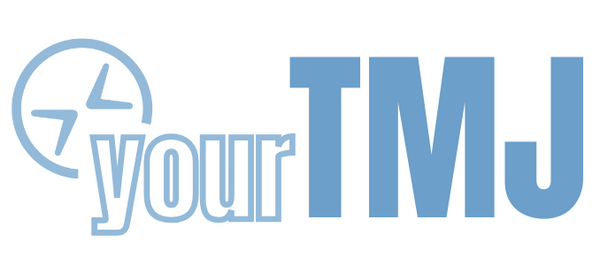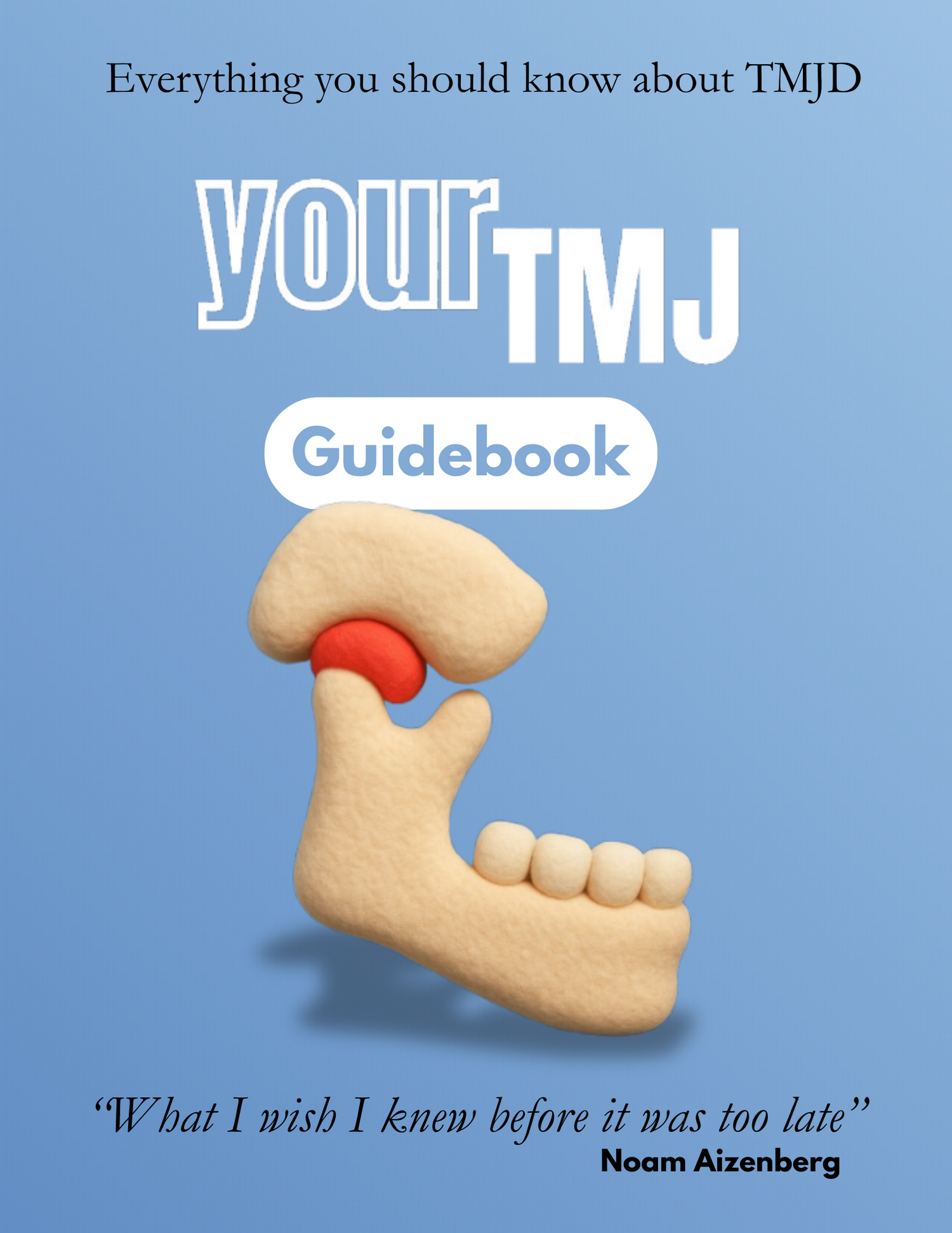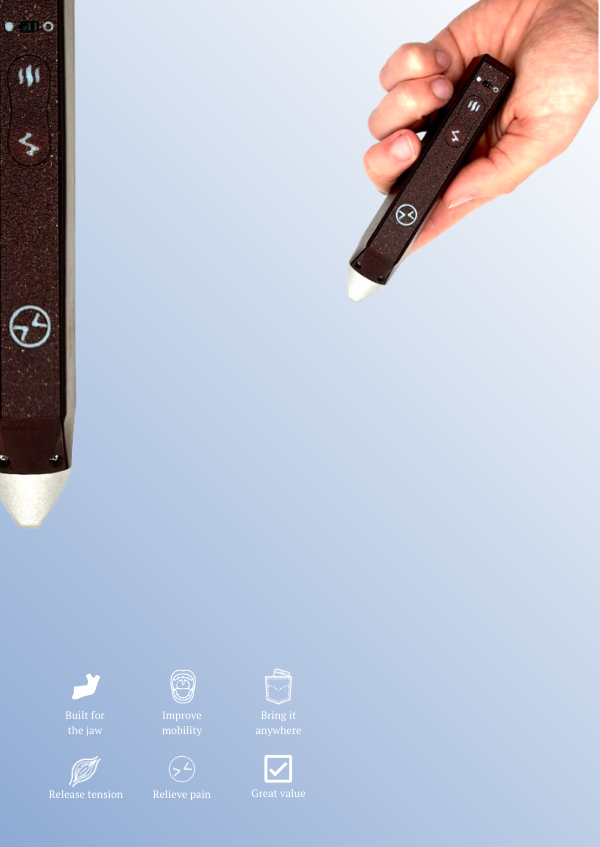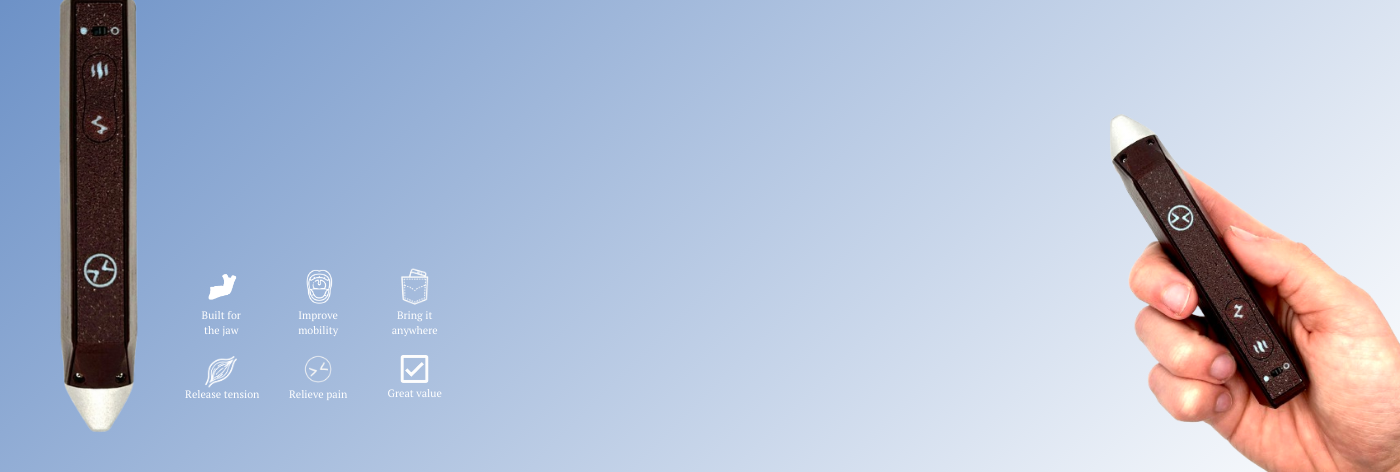Where is TMJ Pain?
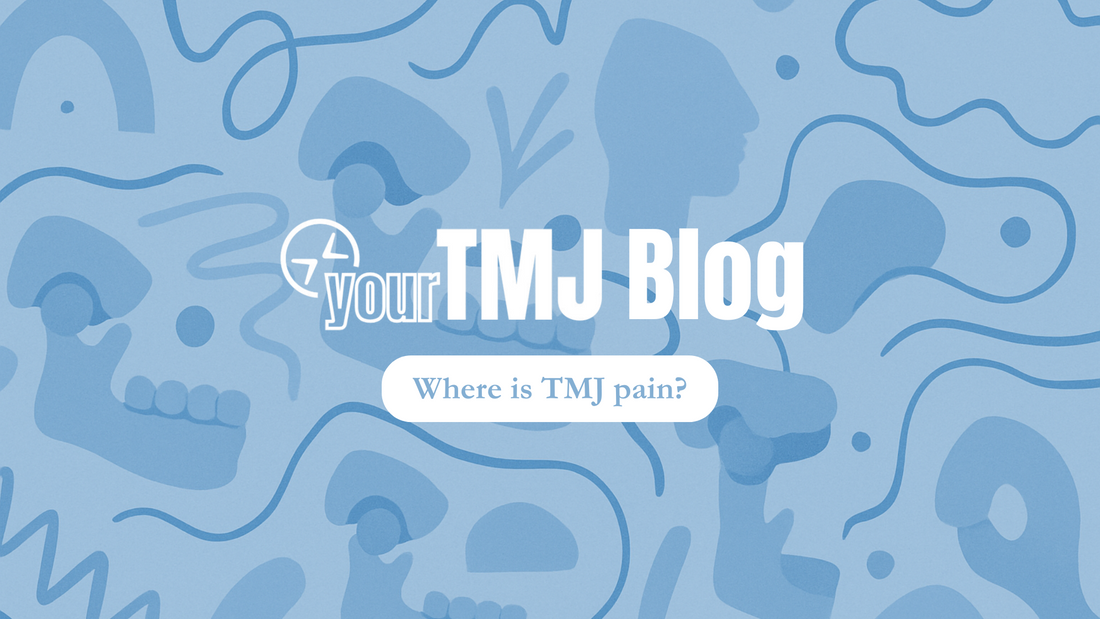
Where is TMJ Pain? Understanding the Location of Your Jaw Discomfort
Temporomandibular joint (TMJ) pain can be tricky. One day you're feeling discomfort in your jaw, the next day it seems like your entire head is pounding. If you're wondering exactly where TMJ pain occurs, you're definitely not alone.
In this blog, we're going to dive into the specifics of TMJ pain locations and what they might indicate about your condition. But before we get too deep, remember: TMJ disorders are complicated. A quick 5-minute read won't give you the complete picture. At the end of this blog, there's a free 76-page guidebook I've written to help you gain a detailed, evidence-based understanding of TMJ disorder, root causes, and practical home treatment exercises you can start today.

Common Areas Where You Feel TMJ Pain
-
Jaw Joint Area The most obvious spot you'll feel TMJ pain is right at the joint itself, located just in front of your ears. If you place your fingers lightly on this spot and open your mouth, you might even feel a click or pop. This specific location typically indicates joint-related issues, such as inflammation or disc displacement within the joint itself.
-
Face and Cheeks Many TMJ sufferers experience pain radiating through the face, particularly along the cheeks. This discomfort is often caused by muscle tension or spasms in the masseter muscle (the strongest muscle by weight in your body) and surrounding tissues. It’s common for this to feel like a constant dull ache rather than sharp joint pain.
-
Temples and Headaches TMJ disorders often trigger headaches or migraine-like symptoms. The temporalis muscle, located at your temples, can become tight and sore from chronic jaw clenching or misalignment. If you frequently wake up with temple pain or experience recurring headaches, muscle tension linked to your TMJ could be the culprit.
-
Ear and Surrounding Area One surprising spot TMJ pain frequently shows up is in or around the ears. Due to the close proximity of the jaw joint and inner ear, many sufferers experience earaches, ringing in the ears (tinnitus), or a feeling of fullness or pressure, even though the ears themselves are healthy.
-
Neck and Shoulder Tension Because your jaw is intricately linked with your neck muscles through shared muscle groups, TMJ disorders can lead to tension, stiffness, and pain extending down into your neck and shoulders. This is often aggravated by poor posture or forward head positioning, putting added strain on both your jaw and neck muscles.

Understanding Referred Pain
One of the tricky aspects of TMJ pain is something called referred pain. This means the actual source of your pain might be different from where you feel it. For example, a tight muscle in your jaw might actually cause pain in your temple or even your teeth. The nerves around your jaw are interconnected, meaning irritation or spasms in one area can radiate and be felt in another.
How to Differentiate Between Joint and Muscle Pain
Joint pain typically feels sharp and is directly tied to movement—opening or closing your mouth or biting down can trigger immediate discomfort. Muscle pain, on the other hand, tends to be a more consistent dull ache that can fluctuate throughout the day and might feel better or worse depending on muscle use or posture.
Next Steps
Understanding the location of your TMJ pain is just one piece of a very complex puzzle. If you're serious about finding lasting relief, you'll need a more thorough understanding of this disorder, including the underlying causes and effective, evidence-based home treatments.
I've written a comprehensive 76-page guidebook to help you understand TMJ disorder from every angle—backed by research, expert interviews, and practical exercises you can begin today. If you're ready to tackle your TMJ pain at its roots, I strongly encourage you to check out this guidebook and start your path toward relief and recovery.
